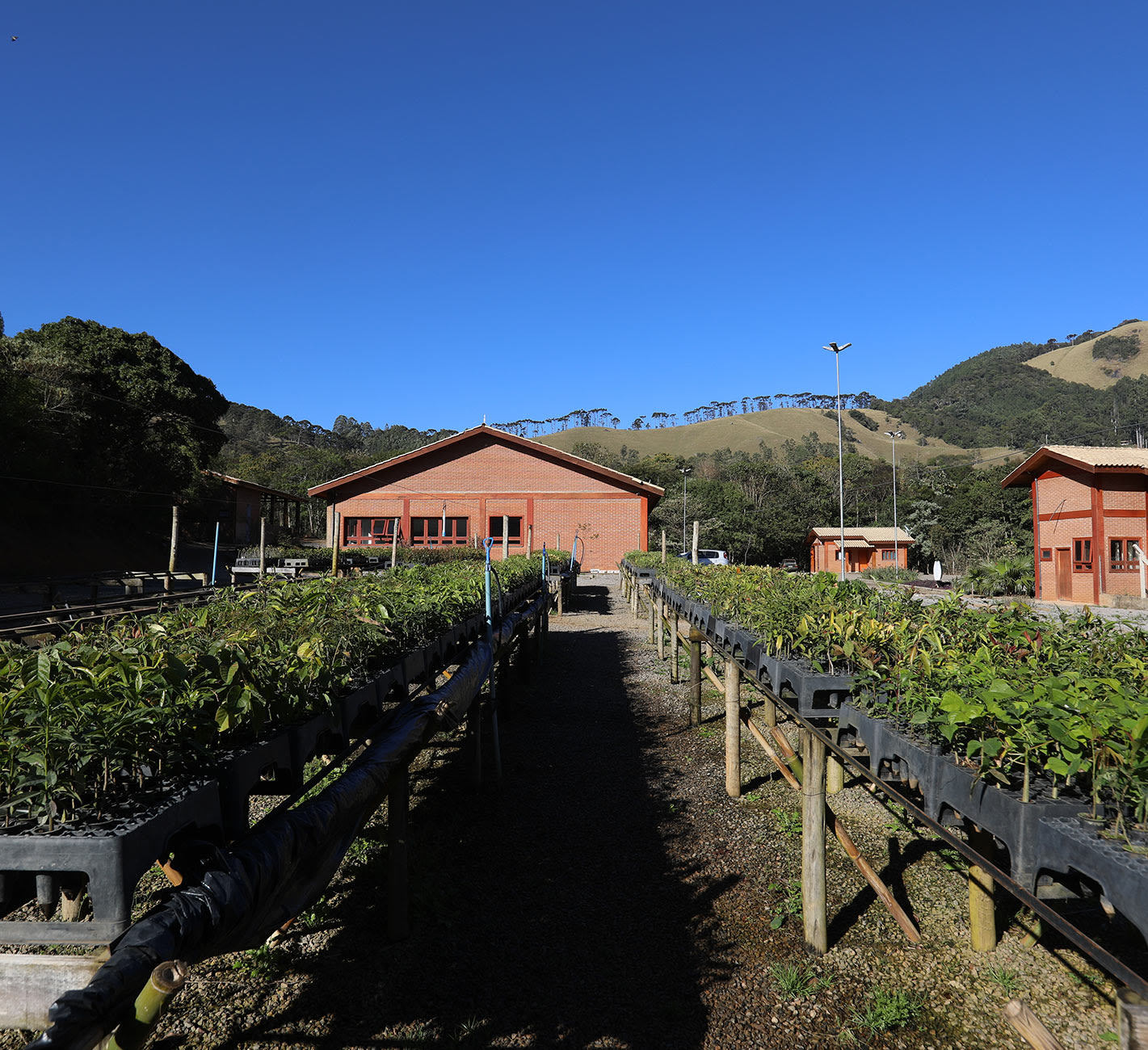Trees are some of nature’s finest work. Humble and hardy, they cool our climate, freshen our air, shelter our wildlife, and fill our fruit bowls. Every year, a mature tree filters almost 50 pounds of carbon dioxide from the atmosphere, all the while trapping dangerous pollutants in its leaves and bark.
However, as miraculous and industrious as trees are, they need our help – now more than ever.
Today, tropical rainforest destruction accounts for 20% of greenhouse gas emissions. A devastating 46% of the world’s forests have already been compromised by unsustainable logging, development, agriculture, and climate change.
That’s where One Tree Planted comes in. Founded in 2014, the environmental nonprofit is on a mission to make our planet greener and cleaner, one tree at a time. In the past two years, they’ve planted 14 million trees by crowdsourcing donations from eco-conscious individuals and businesses.
Inspired by this important work, we reached out to our like-minded friends at FARM Rio, the Brazil-based label behind some of our all-time favorite prints (as well as a new Anthro-exclusive capsule collection). For 23 years, FARM Rio has been dedicated to preserving their home country’s endangered ecosystems, including the Amazon and Atlantic forests.
This spring, we’re proud to partner with FARM Rio to assist One Tree Planted’s reforestation efforts in Brazil’s Mantiqueira Mountains. Together, we’ll add 25,000 trees to one of the Earth’s most important – and threatened – habitats.
Recently, we chatted with Diana Chaplin, One Tree Planted’s canopy director. Here, she explains how trees (and you!) can make a difference.


Honoring Earth Month with One Tree Planted
Together with FARM Rio, we’re planting 25,000 trees in Brazil.
Q: Why are trees so important to the health of the planet?
A: Trees offer us a number of incredible benefits. From tropical rainforests to subarctic boreal forests, forests and the trees in them are essential to human society and wildlife as we know it. Wherever you have healthy forests, you also have functioning water systems and healthy soil; these support wildlife and sustainable food production, benefiting local communities and ultimately reaching far beyond that one forest to maintain a healthy planet.
Planting trees also supports all 17 of the United Nations' Sustainable Development Goals, making reforestation one of the most environmentally friendly and socially impactful means of fighting climate change.
Planting trees also supports all 17 of the United Nations' Sustainable Development Goals, making reforestation one of the most environmentally friendly and socially impactful means of fighting climate change.
Q: One Tree Planted has a number of reforestation projects in Brazil. What’s special about this area?
A: Brazil is home to over 60% of the Amazon Rainforest – one of the most biodiverse regions on Earth – as well as the Atlantic Forest, which once spanned 130 million hectares across Brazil. Unfortunately, many years of deforestation for commodities and agriculture have left the country's forests depleted. Today, the Atlantic covers only about 12% of its original area.
One Tree Planted works on different types of reforestation projects throughout the country. Some initiatives aim to connect two or more protected areas to better support the movement of endangered species that live there, while others may focus on sustainable agroforestry for local communities to help restore the forest while also creating jobs and empowering local people.
When you put it all together, we can both restore the damage already done and support a holistic way to reduce future deforestation for long-term sustainability.
One Tree Planted works on different types of reforestation projects throughout the country. Some initiatives aim to connect two or more protected areas to better support the movement of endangered species that live there, while others may focus on sustainable agroforestry for local communities to help restore the forest while also creating jobs and empowering local people.
When you put it all together, we can both restore the damage already done and support a holistic way to reduce future deforestation for long-term sustainability.
Q: As consumers, what can we do to support reforestation?
A: Look more closely at what you're purchasing and the resources you’re using. Whenever possible, choose forest-friendly options, such as paper products made from sustainable and fast-growing bamboo or hemp instead of trees. Of course, you can support your local forests: If there are environmental organizations near you working to advocate for conservation or reforestation in your area, reach out to them to lend a hand on the weekends!
Q: Is there anything we can do in our own communities and gardens to help the effort?
A: We believe anyone can make a difference, and your community is a great place to start. Getting your hands in the dirt to plant trees where you are is great, but so is setting out a composting bin, sharing fun facts about rainforests, and making sure the kids in your life have an opportunity to get to know the outdoors! You can plant wildflowers to support local bee populations, pick up trash whenever you go hiking, and use your unique talents to speak up for the wild places near you.